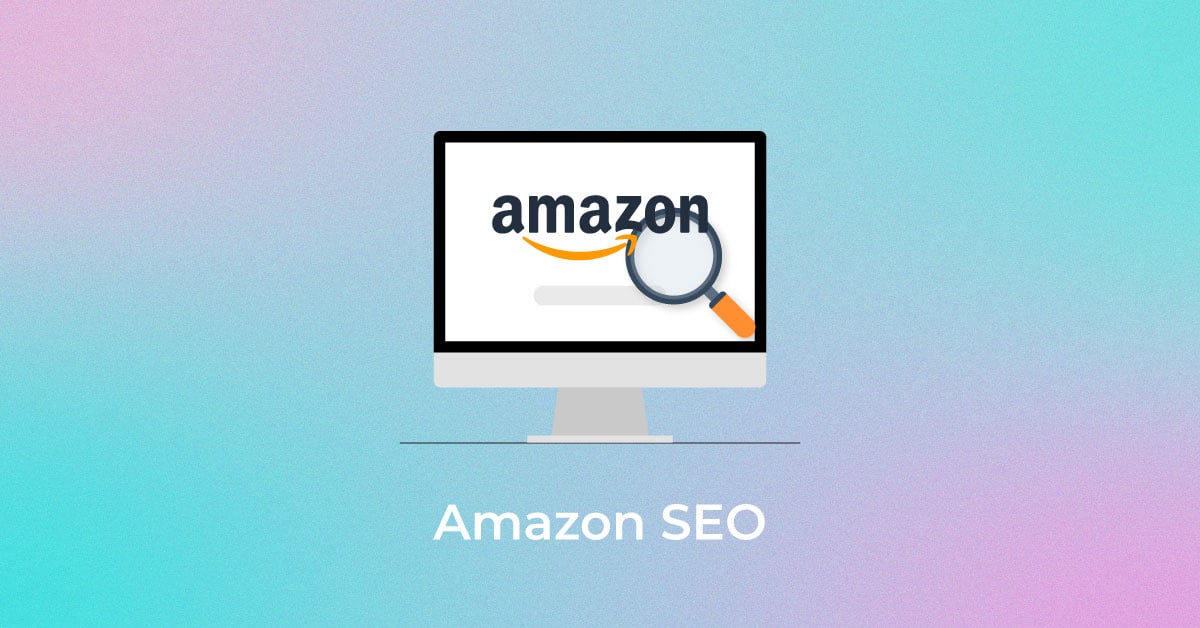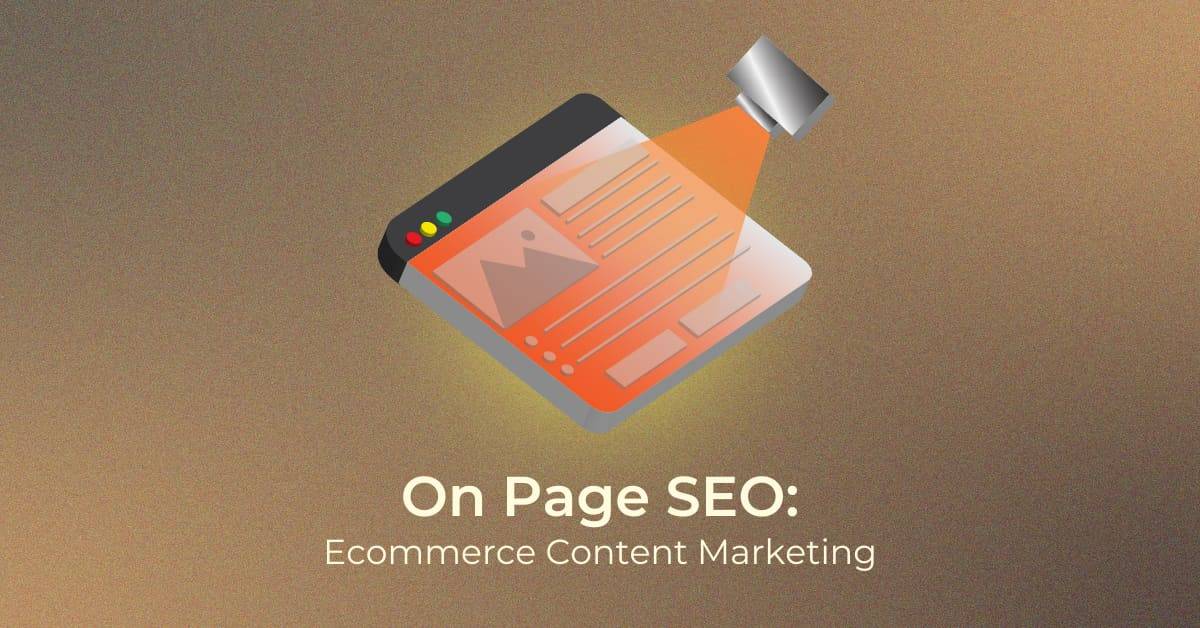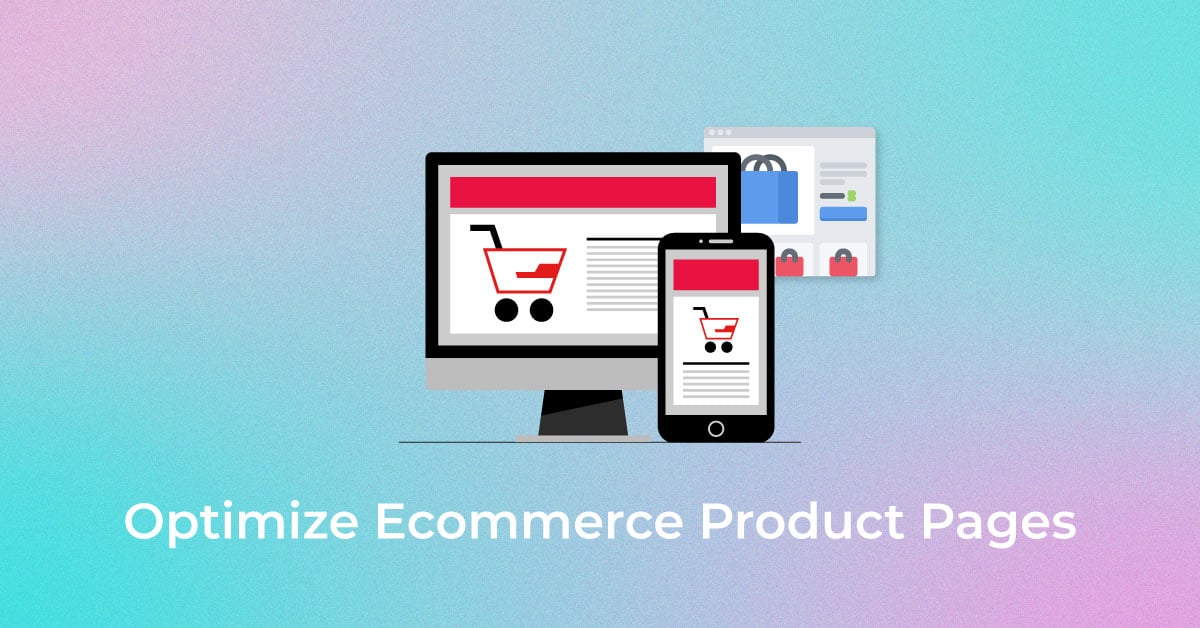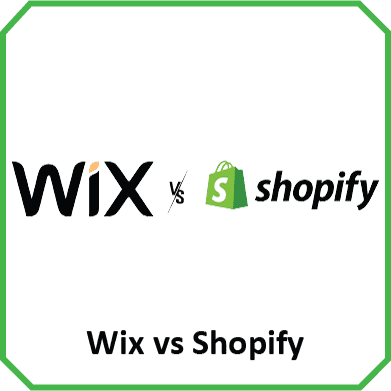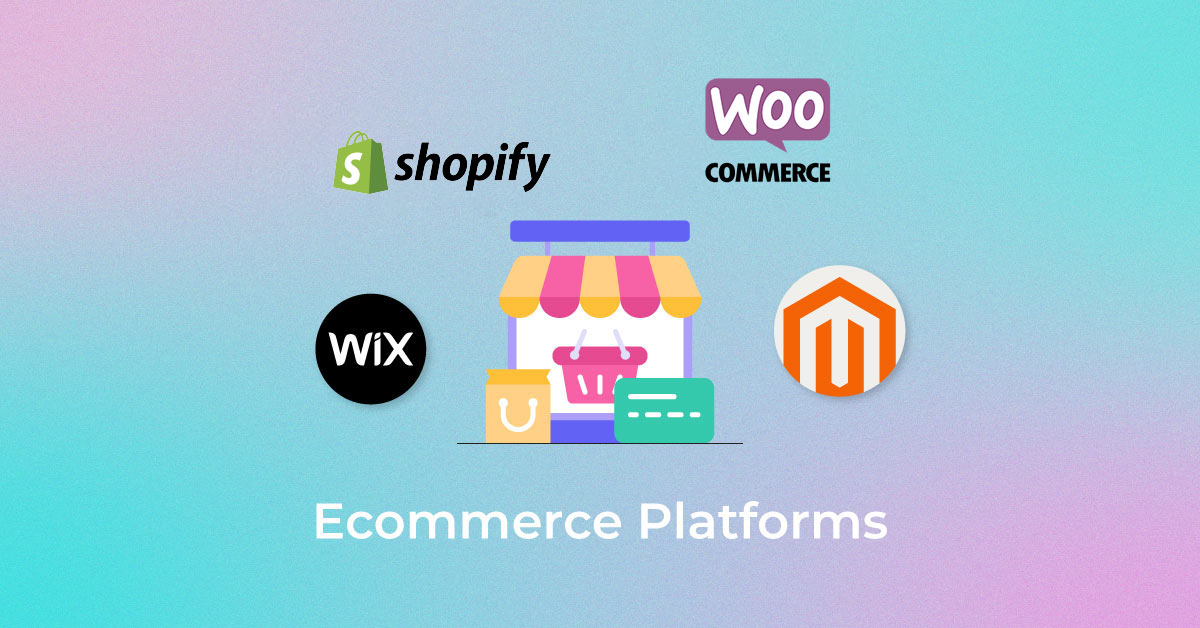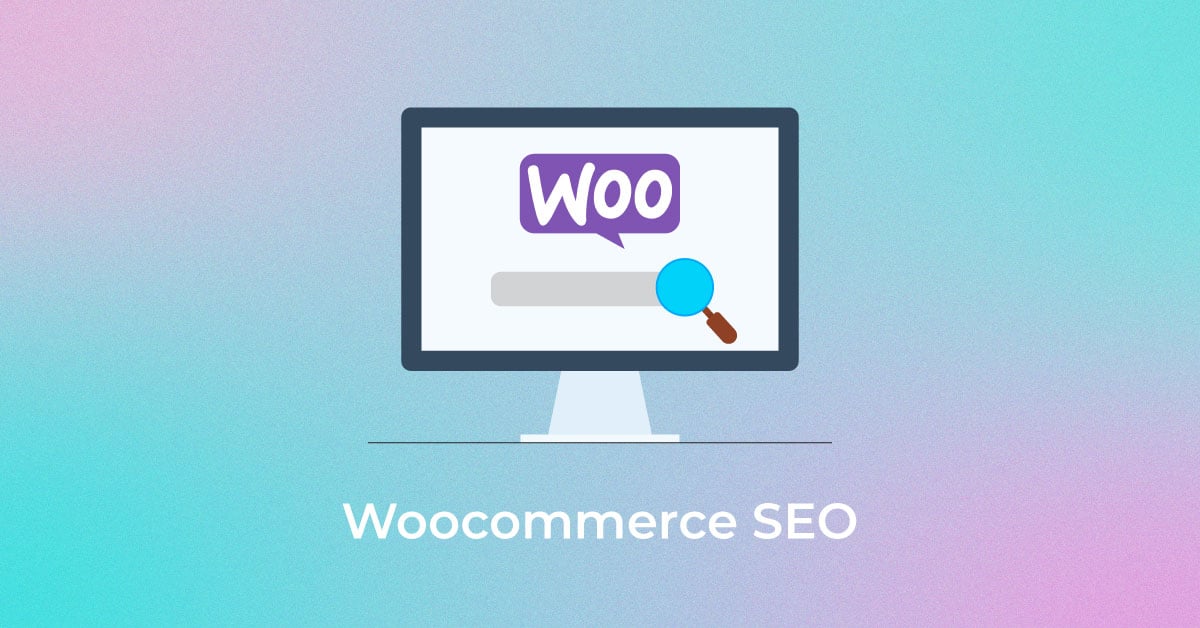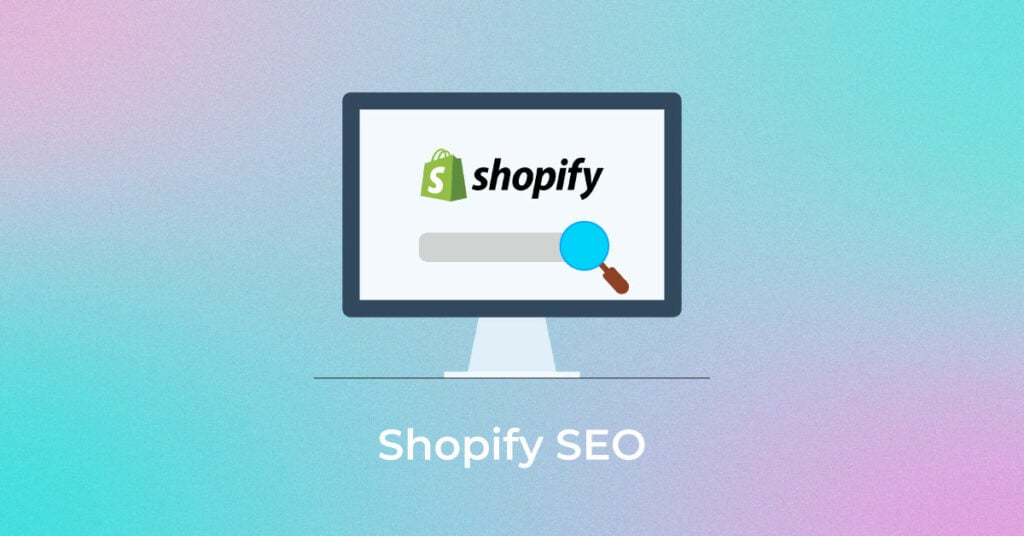Shopify has grown into one of the most popular website hosting platforms in the past decade. Used mainly by eCommerce platforms, Shopify simplifies the processes involved in running a website. However, merely being hosted on Shopify is not enough to perform well in search results.
Shopify is a great platform for startups to work on their SEO. This hosting platform offers adaptability, is intuitive to navigate through and has many built-in features for executing Shopify SEO. Shopify, one of the most convenient and easy-to-use eCommerce CMS platforms, helps businesses boost their organic traffic.
What is Shopify SEO?
Shopify SEO refers to the unique SEO improvements that Shopify offers over other websites. These improvements pertain to the technical layout and the content of websites hosted on Shopify that help organically boost the search traffic to your eCommerce platform. eCommerce businesses can take many approaches to improve their Shopify SEO in order to achieve peak organic traffic, including:
- Customising the Navigation Bar on the Shopify site
- Incorporating target, secondary, latent semantic indexing (LSI), and long-tail keywords into the Shopify site’s content
- Optimising the page’s title, header tags, and meta tags to enhance the visibility of the product pages
With over 20% of eCommerce websites hosted on Shopify, reinforcing Shopify SEO is more important now than ever. Here are some Shopify SEO tips that can help you achieve exactly this.
Optimize, rank, and flourish your online store's performance with our award-winning strategies.
Want your eCommerce site
to rank higher on Google SERP?
Optimize, rank, and flourish your online store's performance with our award-winning strategies.
12 Best Shopify SEO Tips to Set-Up Your Shopify Website
-
Create Your Site Structure
Having a rigid site structure is one of the most important elements for enhancing user experience and boosting site-visitor retention. A competent site structure makes it easy for users to navigate your website’s content and helps search engines index your website. This ultimately helps your website rank higher.
The most effective tip for SEO for Shopify stores is to create a sound hierarchy for your website. Main categories must be at the forefront, and they should be accompanied by subcategories containing your products/services.
-
Submit Your Sitemap to Google Search Console (GSC)
Once you have created a worthy sitemap, it is time to submit it to GSC. It is a three-step process, which includes:
- Linking Shopify with your Google Analytics account
This will help you track and assess exactly where your website’s traffic is coming from and other metrics like bounce rates, how long the users stay, and much more. - Setting up Shopify on GSC
Register your Shopify website on GSC. This helps your website get crawled and indexed on the search engine. It will also help your website show up organically on search engine result pages (SERPs) for target keywords and generate significantly higher traffic. - Submitting Sitemap to GSC
Submit your sitemap in the XML format to GSC. This will help the search engine accurately index your website.
-
Improve Keyword Research
Just like normal SEO, keyword research is an equally essential element of Shopify SEO. The main goal of keyword research should be to collect a pool of high search volume keywords, which covers the following types:
- Short-tail keywords – These are direct terms that users search for. These are highly competitive as they are the most searched terms by the users. For example, if you’re an eCommerce women’s fashion retailer, a short tail keyword can be “Handkerchief skirt”.
- Long-tail keywords – These are longer phrases that are considered more “human” searches. These make-up for over 70% of searches. These are particularly helpful for eCommerce websites as they have a higher potential for conversions. For instance, a long-tail keyword for the same fashion retailer could be “where to buy handkerchief skirts.”
-
Strengthen Internal Linking
Using internal linking along with anchor texts is the easiest way to enhance your Shopify SEO. It helps search engines index your website more holistically. Moreover, internal linking plays a very crucial role in improving user experience.
Whenever you want to refer to a particular page on your website within another page, you can use anchor texts to internally link the particular page that can be useful to the user. Anchor texts also significantly improve your website’s keyword rankings.
-
Refine Store Navigation
While deciding the product or service subcategories on your website, you should pay very close attention to how you name them. The “collections” under your subcategories on the Shopify website play a crucial role in determining the category and URLs for your products or services.
For instance, if your eCommerce website is a mobile accessories seller, then under the subcategory “Headsets”, you can have collections like “wired headsets”, “wireless headsets”, “earphones”, and so on. This sends a direct prompt to the search engine about what these product category pages are.
-
Optimize Meta Descriptions, URLs and Titles
The titles and meta description for your Shopify Web pages are detrimental to your SERP rankings. You must implement the best Shopify SEO practices to ensure that your title tags and meta descriptions are properly optimised. For instance, page titles should be less than 60 characters and must include the relevant keyword/s for its content. Similarly, meta descriptions should be within 160 characters, should properly summarize the page’s content, and include organically infused keywords.
-
Write Unique Product / Collection Descriptions
Shopify enables websites to write a description for each product or collection. Businesses often overlook these, but these go a long way in boosting SEO. Search engines go through the product descriptions to get a more in-depth look at your Web pages. This can significantly boost your website rankings.
Another advantage of creating unique descriptions for your products or collections is that as users become more engaged in reading them, they can be enticed into purchasing the products. Descriptions that align with your brand identity and which offer viewers something unique can improve your conversions.
-
Optimize Website Speed
Page loading speed is a major ranking factor for search engines. Hence, you must ensure that your website speed is as optimized as possible. Using tools like Google’s PageSpeed Insights, you can accurately track your page loading speeds.
With Shopify, the options for improving website speed are limited. Here are some small tips to improve your page speed on Shopify:
- Choose a website theme from the Shopify Theme Store. These themes are speed optimized.
- Having a cluster of apps on your website from the Shopify App Store can affect your website’s code bloat. This can significantly reduce your website loading speed. Only install the apps that your website absolutely needs, and discard the others.
-
Optimize Images
Images can also prove to be a very effective asset in enhancing Shopify SEO. Google Images is the second most used search engine. Using alternative text (alt-text) to describe an image helps search engines understand what the image is about. Search engines use vision algorithms along with the page content to identify the subject matter of the image. Alt text makes it easy for search engines to identify this and ultimately improve the ranking of your Web page.
Optimizing images doesn’t just stop at this. You should also make it a practice to compress images before uploading them on the website. This helps optimize the loading speed of the Web page.
-
Create Unique and Engaging Content
The most effective way to add value for visitors is to create unique and engaging content. The more time a visitor spends reading your content, the higher are the chances that your domain authority (DA) ranking will improve. Useful content entices visitors to read more and stay on the website longer.
An effective way to create unique and useful content is aiming to answer the questions your target audience has. Create a solid structure for your content and ensure that your internal linking is strong to make it easier for the users to access the relevant information within your website.
-
Add Structured Data
Structured data provides a direct cue to the search engines about the type of content on your Web page. There are two main types of structured data for Shopify SEO, which are:
- Product Structured Data: Shopify provides many themes with built-in “Product mark-up”, where you can add product details. This helps search engines understand that the Web page is selling products.
- Article Structured Data: This helps search engines understand the editorial and informational nature of your Web page. Having article structured data can increase your chances of popping up in the “Interesting Finds” and “Discover” sections in Google SERPs.
-
Build Quality Links
Backlinking is important in SEO, along with technical SEO and content. Any link that points users of another website to your website is a backlink. These are important for Google and other search engines to make informed decisions about determining the reputation, domain authority, and quality of a website.
If a website finds your content useful enough to link your website in their content, they are vouching for your website’s usefulness and quality. Building quality backlinks on platforms like Amazon, Yelp, and so on, can help Shopify websites or stores achieve high rankings on SERPs.
Time to Put These Tips into Work
Now that you are aware of the various elements that go into enhancing the Shopify SEO, it’s time to put the tips into work. Shopify SEO is a very diverse domain, and you should avail the services of established experts in the domain. Infidigit provides a multitude of SEO services that can help boost rankings and improve your website’s health.
Popular Searches
How useful was this post?
0 / 5. 0










